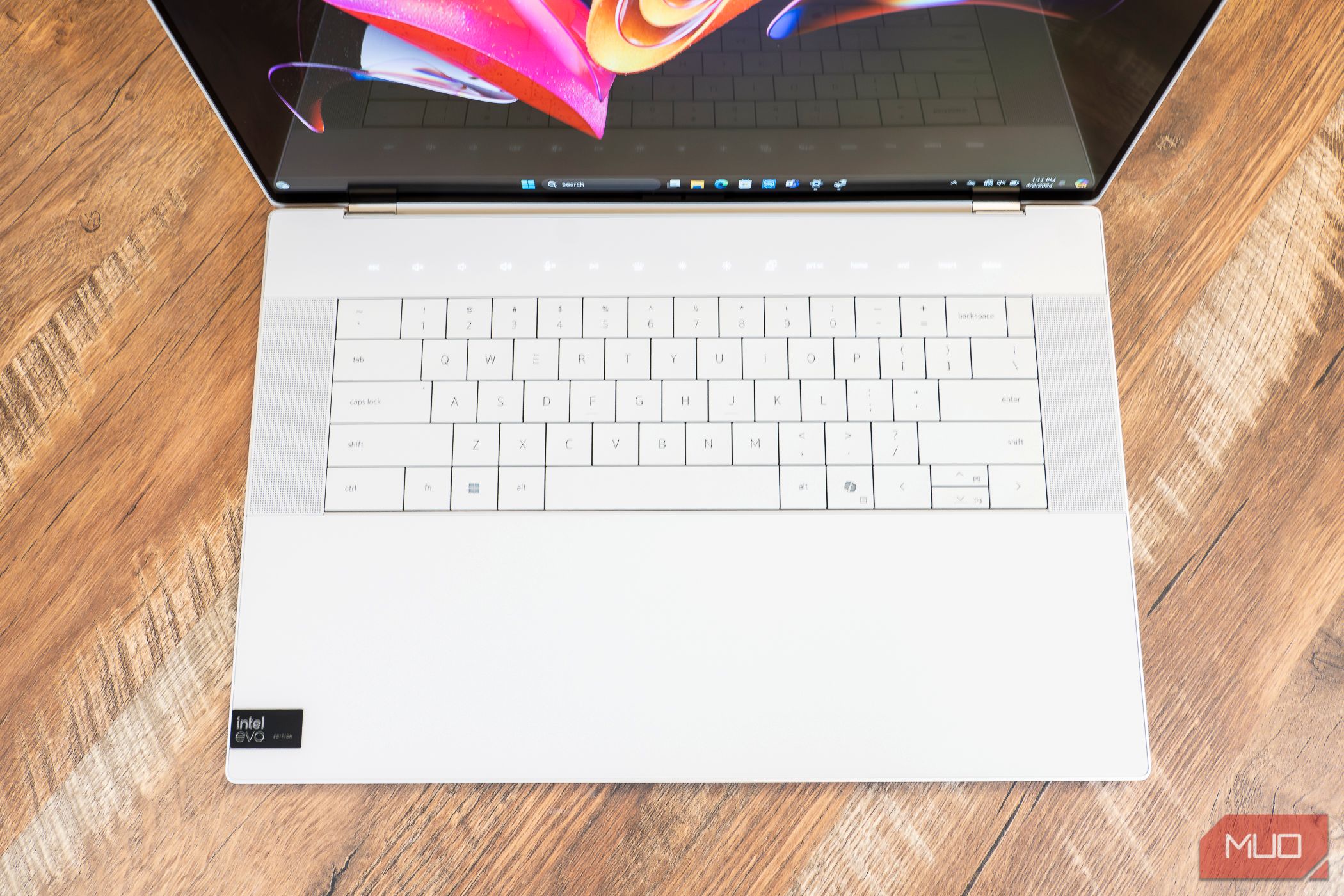The problem with setting a password using a clever idea or pattern is that, more often than not, other people have thought of that same pattern and set up their passwords like that. Such is the case of keyboard walk passwords, which may appear strong to begin with but are actually very insecure.
So, what are keyboard walk passwords, and why shouldn’t you use them?
What Is a Keyboard Walk Password?
A “keyboard walk” is a category of passwords generated by drawing out a specific pattern across the keys on the keyboard instead of using words or mnemonics. The idea is that you remember the pattern you “draw” on the keyboard instead of what you’re typing.
For example, if you run your finger along the top row of a QWERTY keyboard, you’ll generate the password “qwertyuiop.” At first glance, it looks like a secure password—it doesn’t contain common words and looks like a jumble of characters, and it’s easy to type to boot.
But in reality, “qwertyuiop” is one of the most common passwords, which makes it easy to guess and simple for your accounts to be accessed.
Why Are Keyboard Walk Passwords Weak?
Here’s the problem with keyboard walk passwords: Whenever a password stems from a particular pattern or common thought that people tend to have, it also tends to be a commonly used password. Hackers always keep an eye on passwords that people often use and apply them when trying to break into someone’s account.
Unfortunately, as smart as it may seem to draw patterns on the keyboard, other people have had that same bright idea. As such, there’s a good chance that the pattern you thought up has also been thought of by hundreds of thousands of users… who are also using that exact same password.
Examples of Commonly Used Keyboard Walk Passwords
Fortunately, we do have ways to see which keyboard walk passwords are the most common. This is because there are many password leaks from account databases that allow researchers to document and rank how common each password is.
As reported by Spec Ops, here are the ten most-used keyboard walk passwords on a QWERTY password:
- Qwerty (found over 1 million times)
- qwert
- werty
- asdfg
- tress
- zxcvbnm
- drews
- qwertyuiop
- asdfgh
- vbnhb
If you trace the keys in each password with your finger, you can see the pattern each person used to generate it. Most of them are just straight lines across the keyboard, but some are miniature circles that loop back on themselves. “Drews” and “vbnhb,” for instance, involve drawing out an easy-to-remember circle on the keyboard.
How to Secure Your Accounts With Strong, Unique Passwords
Keyboard walk passwords are very convenient to remember, but they’re also very convenient for hackers to gain access to your accounts. If you want to up your online security game but don’t want to remember a long and complicated password, there are two excellent alternatives for you to try.
Use Strong but Memorable Passwords
Here’s some good news: There are ways to make passwords that are strong but still easy to remember. You can sometimes take something you like, such as a famous quote or a personal detail, and mix in numbers and symbols to make it strong.
We’ve previously looked in detail at how to create an unbreakable password you won’t forget, so be sure to give it a try. If you’re a huge fan of keyboard walks and don’t want to give them up just yet, our guide includes a way to make your walk a lot more secure.
Use a Password Manager
If you want to use secure passwords but don’t want to remember them all, it’s time to start using a password manager. These remember your account passwords for you, meaning you can make them as secure as possible without worrying about needing to recall them later.
If you want to give them a spin, check out the best password managers for every occasion. And while you’re at it, be sure to read about free vs. paid password managers to help you decide which one is best for you.
Password walks may be convenient, but they are easy for hackers to guess. Now you know how to improve your password game, including making stronger and better walks if you so desire.



